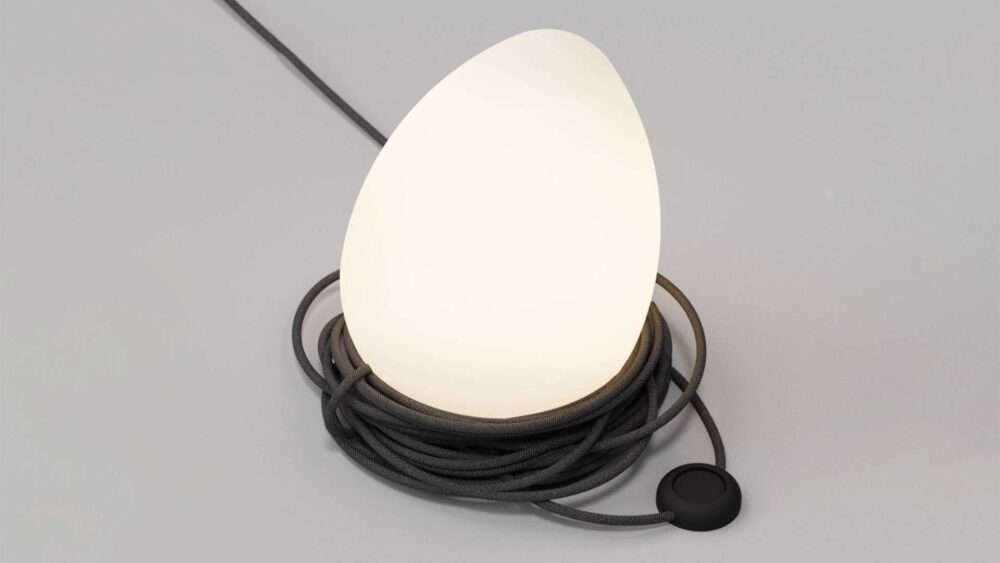Design a flexible model for culture and community center that is adaptable to any setting
Design a flexible model for culture and community center that is adaptable to any setting,
Noa* network of architecture has proposed a flexible prototype for the center of culture and society,
that can be adapted to any place and any situation.
The project that emerged as a research project, called CeCuCo,
is made up of a set of repeating triangular units, creating a kind of interface transformation.
The architects’ goal was to create a cultural center rather than focus on a fixed context,
the prototype, CeCuCo, able to transform itself to adapt to anyone and anywhere.
The noa* vision is based on a multifunctional space,
and you need to translate this knowledge into a sustainable,
versatile model for all situations, while doing so.
It was clear from the start which direction to take among the endless possibilities of design,
to design an architecture indifferent to what was going on inside,
a flexible space in which society could decide, act, and act.
The project’s geometry is based on a simple elementary form: the triangle,
through a group of triangular units repeated in both plan and height.
In the first case, the trigonometric unit is recorded in the square of 3 x 3 metres,
and the second in 3 x 1.5 metres.

Design a flexible model for culture and community center that is adaptable to any setting
Working with geometries is easy and allows assembling modules into different shapes,
expanding the cultural center or contract according to the needs of the context.
In addition, triangles can combine in many shapes at the urban planning level,
resulting in different space patterns such as slab, courtyard or point village.
The team also used the same triangular unit to open up a variety of configurations,
creating a kind of facade transformation.
She imagined the noa* elevations as a chessboard, where some elements could be moved,
with certain rules and in certain directions,
which then goes back to the people who experiment with geometry for control.
Doors can be moved and vented, hinged can be operated, lowered, raised and opened,
and the same applies to windows.
It is a wide range of possibilities for an intuitive and playful structure, consisting of movements and counter-actions,
where the game of action and reaction between society and construction brings to life the most diverse scenarios.
In defining the functional programme, noa* first looked at the needs of the cultural and community center as well as ways to create as inclusive a structure as possible.
The architects have created six types of floor plans, ranging from 8 to 115 square metres,
accommodating all possible activities of the center.
Architects place jobs according to unit sizes, for example,
a small unit houses the artist’s workshop, newsstand, storeroom,
management office, stairs and changing rooms.
In the additional small unit a ticket office has been proposed.

In the average unit, there are toilets, a library and outdoor bleachers,
as not all units represent the covered areas.
As floor plans change to a larger size the possibilities vary, culminating in a large area,
with 115 square meters available, designed for theater and cinema.
Focus on local and sustainable thinking
With this project, noa aims to propose an architecture that is social in its ultimate purpose,
and sustainable in all aspects of the design, including the choice of materials and construction techniques.
As for the prototype, all natural materials and an exposed construction system were chosen to be able to assemble and disassemble easily.
In the standard package, the facade consists of an exposed wooden structural system and a mud brick wall,
alternating with translucent parts, which are also modified according to the triangle geometry.
A sustainable approach must be central to the design,
so the final choice of materials must be checked with the project environment.
This is in order to check their actual availability on site,
thermal conductivity in relation to climatic conditions,
energy consumption in processing and presence of the necessary know-how skills.
The careful design of the facilities can also contribute to a positive environmental impact on the ecological footprint of the building.
The cultural center includes the use of green roofs, pergolas, photovoltaic systems,
rainwater harvesting systems, cross ventilation systems, as well as ponds and wooded areas for a mild microclimate.
noa* envisions with this project a flexible architecture capable of responding to changes in context
and at the same time working on different levels, from the overall project to street furniture.

This cultural center can be located on a beach on a volcanic island, in the Scandinavian forests, on an abandoned plot in Detroit or on the rooftops of socialist housing in Berlin.
It is a structure capable of shaping itself according to the morphological and climatic requirements of the context while maintaining the concept of social and interaction between the building and those who live in it.







